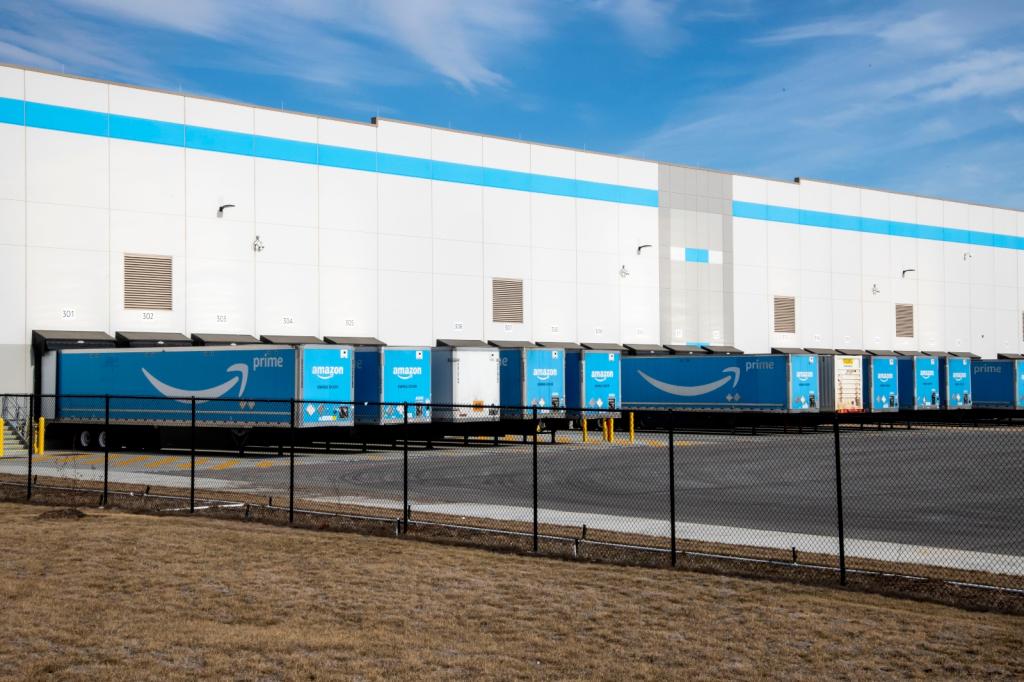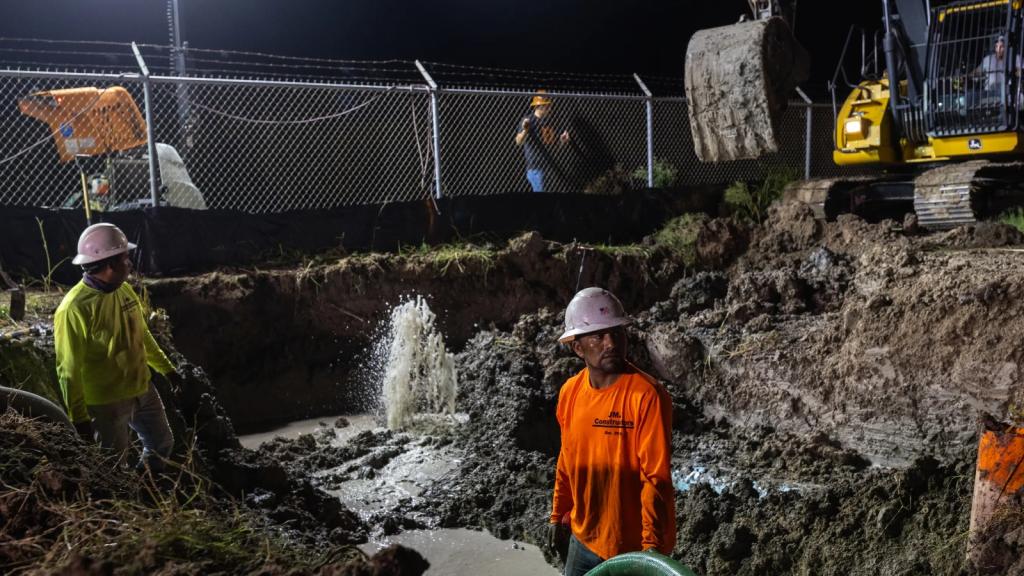I have a new Salon article, “Is Detroit worth saving?” It is built around this piece, but I have expanded on the sad story of the Big Three Medium Two walking away from the development of hybrid gas-electric vehicles in the 1990s.
I’ve been asked why I think they gave up on hybrids. The answer, I believe, is a very cynical one. If they had successfully demonstrated hybrids were practical (heck, even desirable) cars, as Toyota later did, then they would no longer be able to lobby against fuel economy standards by claiming CAFE would drive Americans into smaller, foreign-made, fuel-efficient cars. Ironically and inevitably, of course, $4 gasoline did that anyway.
But Detroit has not only been suicidally lobbying against its own inescapable future of highly fuel-efficient cars; it has been lobbying against the future of all Americans who want to end our oil addiction, and against the future of all humans who want to preserve the health and well-being of our planet for future generations.
If you want to take a step to help ensure that the bailout has real restrictions and doesn’t just shovel money to greedy, myopic companies who will continue their four-year-long assault on regulations of CO2 tailpipe emissions by California and other states, then go here to send an email urging that the bailout restrictions be supported by their members of Congress and the transition team of President-elect Barack Obama.
The press release of the new group explains what is at stake:
A total of 15 states have adopted regulations requiring automobile manufacturers to reduce significantly the greenhouse-gas emissions of their cars and lights trucks. Under the uniform set of regulations adopted by these states, automobile manufacturers must reduce new vehicle greenhouse gas emissions by thirty percent over 2002 levels. The reductions are phased in over model years 2009 through 2016.
The regulations now under legal assault are all authorized by the “Pavley law,” a California state law enacted in 2002. The Pavley law authorizes the California Air Resources Board to regulate greenhouse gases from passenger vehicles. Under the federal Clean Air Act, California is entitled to set more stringent pollution regulations on motor vehicles than the federal Environmental Protection Agency so long as California receives a waiver from EPA. The federal law also allows any other state to adopt California’s more stringent motor vehicle regulations. This regime ensures that there can only be two kinds of cars: federal cars and California cars, thus easing the burden on manufacturers.
The U.S. automobile industry has been waging a four-year legal battle against state emission standards. They prevailed upon the Bush EPA to deny California a Clean Air Act waiver in a decision that was contradicted by the analysis of EPA’s own staff. This denial will be reversed one way or another: California has sued EPA to obtain the waiver and, like other states, is faring well in court. President-Elect Obama also has promised to reverse the EPA waiver denial.
California has adopted regulations under the Pavley law requiring significantly lower greenhouse gas emissions from new cars. At total of 14 other states have now adopted a set of identical rules for their states. It is estimated that 45 percent of the U.S. population lives in these 15 states. In 2016, when the regulations are fully phased in, the state regulations will avoid over 22 million metric tons of greenhouse gases per year. A next phase of regulations is already in the works that will increase this savings to more than 36 million metric tons per year by 2020. These greenhouse gas emissions reductions are over and above the incidental greenhouse gas benefits expected from fuel economy law enacted last year requiring 35 mpg by 2020.
Make no mistake, the Pavley targets would be tough for the auto companies to met, primarily because they have fought the law for four years rather than aggressively developing the necessary hybrid vehicles to meet it across their model line. So if the Medium Two actually use the $25 billion Congress authorized in September for retooling their factories to make fuel-efficient cars, then that money will be going to good use.
The combination of much higher gasoline prices and growing desperation about global warming mean the cars that will be selling here and around the globe in 2015 and beyond will be much more fuel-efficient than the existing fleet.
If the car companies won’t build the cars themselves and won’t be pushed by Congress, then bankruptcy may be the best alternative. After all, the potential risks the bankruptcy of Detroit poses pale in comparison with the all-but-certain risks of continuing on our path of ever greater oil consumption and ever greater greenhouse-gas emissions.
This post was created for ClimateProgress.org, a project of the Center for American Progress Action Fund.


